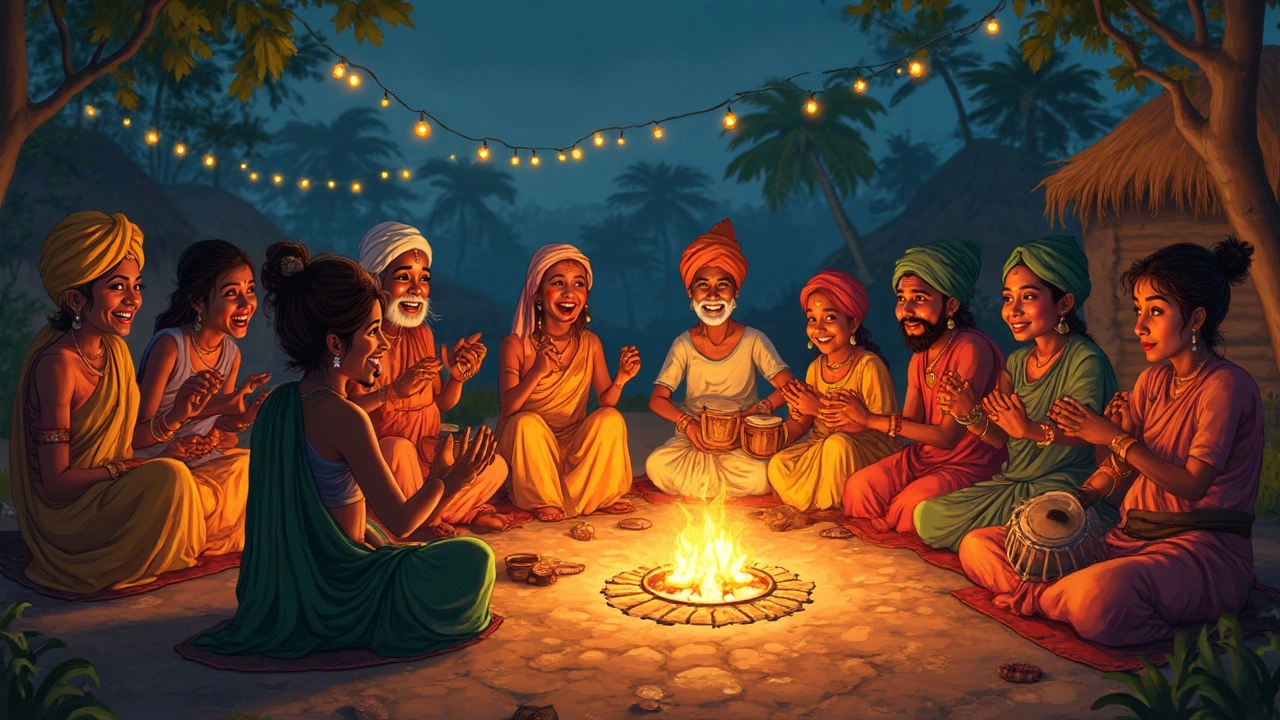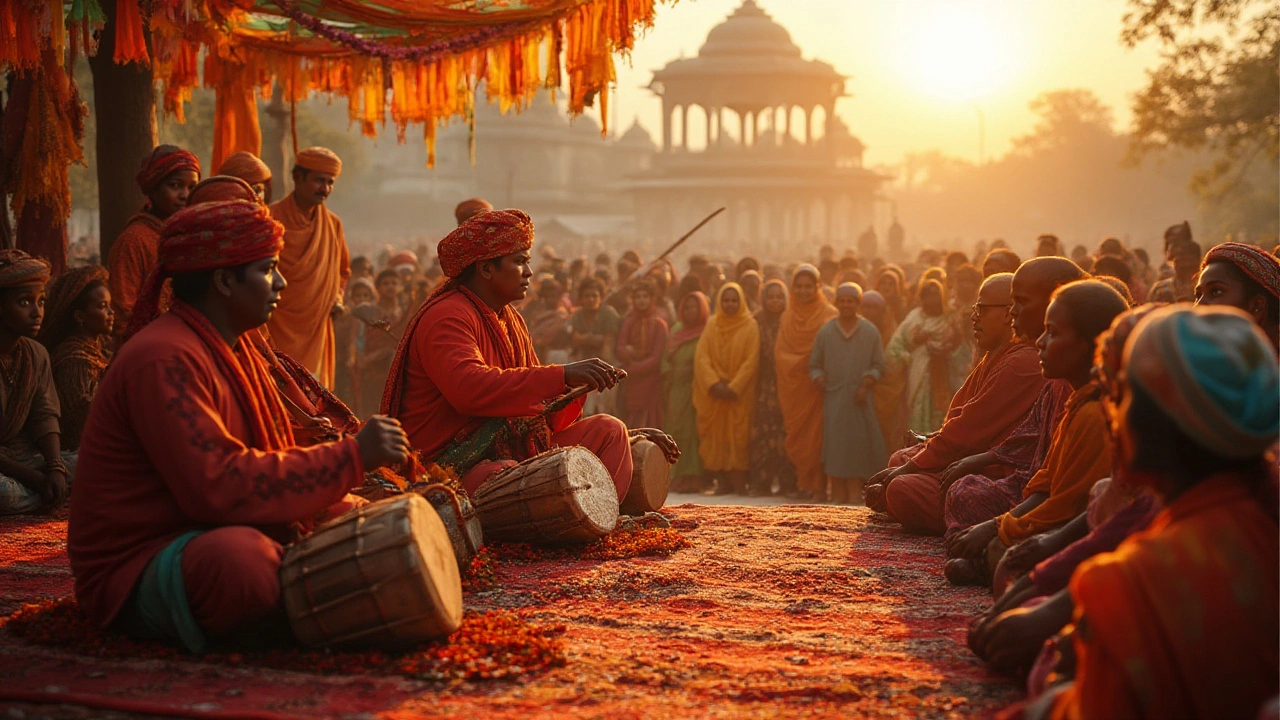Indian Folk Songs: A Simple Guide to Traditional Tunes
If you’ve ever heard a catchy melody from a village celebration, you’ve probably listened to an Indian folk song. These songs are the heartbeat of India’s many regions, telling stories of love, work, festivals, and nature. They’re not polished pop hits; they’re raw, lively, and passed down through generations.
Why Indian Folk Songs Matter
Every Indian state has its own flavor. In Rajasthan, you get the energetic Maand and Kalbeliya beats that match desert dances. Punjab offers the booming Bhangra rhythm that makes anyone want to hop. Down south, Tamil folk tunes use simple drums and flutes to celebrate harvests. These songs keep local customs alive and give outsiders a glimpse into everyday life.
Because they’re community‑owned, folk songs change with each performance. A singer might add a line about a recent rainstorm or a local hero, making the music feel current. That’s why you’ll hear different versions of the same song in neighboring villages.
How to Find and Enjoy Indian Folk Songs
Modern streaming services now host playlists titled “Indian Folk” or “Regional Folk Music.” Look for playlists that mention specific states, like “Rajasthani Folk” or “Bengali Folk.” You can also explore YouTube channels that record live village performances – they often show the dance moves and instruments too.
If you prefer offline listening, check out regional festivals. Events like the Pushkar Camel Fair or the Hornbill Festival showcase authentic folk performances. Even local markets sometimes have street singers delivering short folk verses while you shop.
Want to try singing along? Most folk songs have simple repetitive choruses. Start by learning the main hook, then hum along to the beat. Many songs use just one or two instruments – a dhol, a ektara, or a simple hand clapping pattern – so you can recreate the rhythm at home.
For deeper appreciation, read a bit about the story behind each song. Many folk lyrics talk about historic events, like the brave warriors of Mysore or the monsoon celebrations in Kerala. Understanding the context makes the music more meaningful.
Finally, support the artists. Buying a CD from a local label, gifting a digital album, or simply sharing a favorite track on social media helps keep these traditions alive. The more listeners folk musicians get, the more they can preserve and evolve their heritage.
So next time you hear a lively drumbeat or a sweet melody from a village, pause and let the story of that Indian folk song wash over you. It’s more than a tune – it’s a piece of living culture waiting for you to discover.

